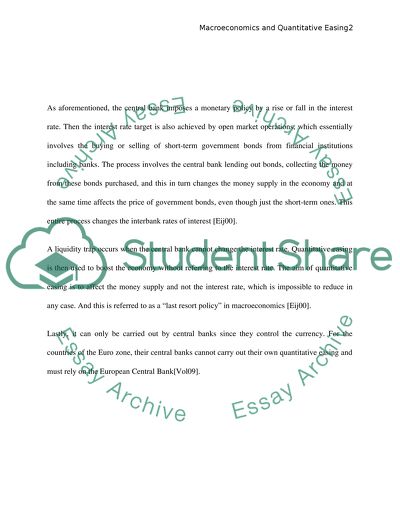Quantitative Easing Essay Example | Topics and Well Written Essays - 1250 words. Retrieved from https://studentshare.org/macro-microeconomics/1600314-quantitative-easing
Quantitative Easing Essay Example | Topics and Well Written Essays - 1250 Words. https://studentshare.org/macro-microeconomics/1600314-quantitative-easing.


